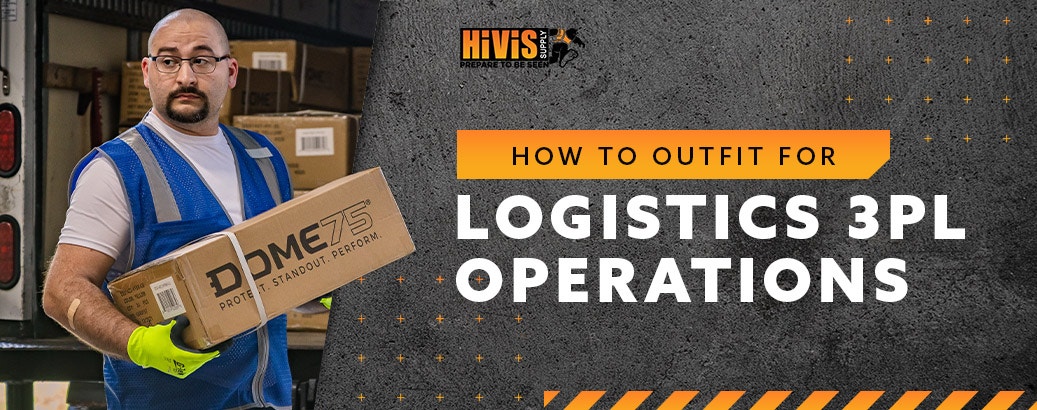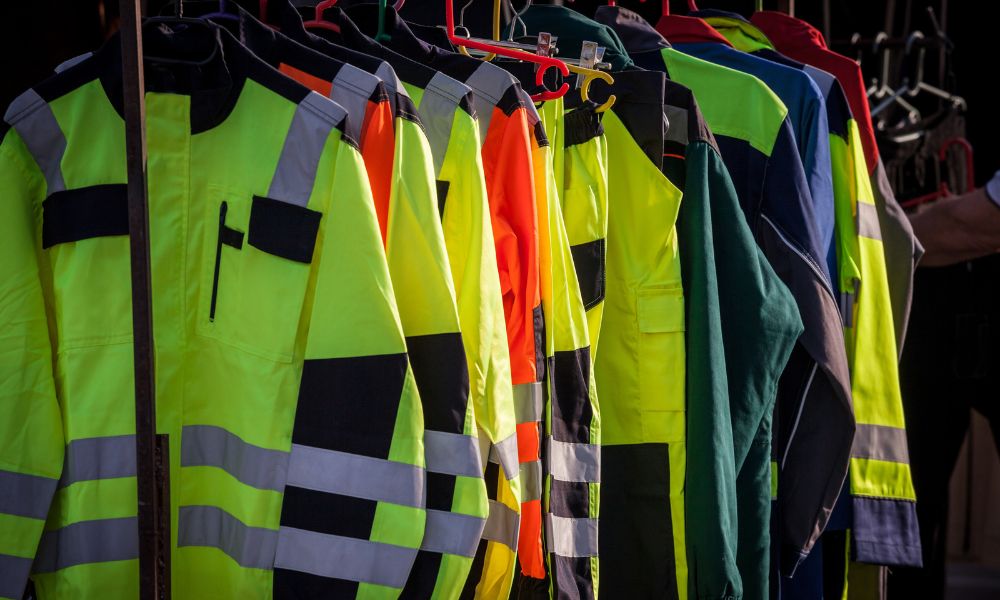How to Layer Clothes for Cold Weather: Essential Tips for Outdoor Professionals
- By HiVis Supply
- Jan 13, 2021
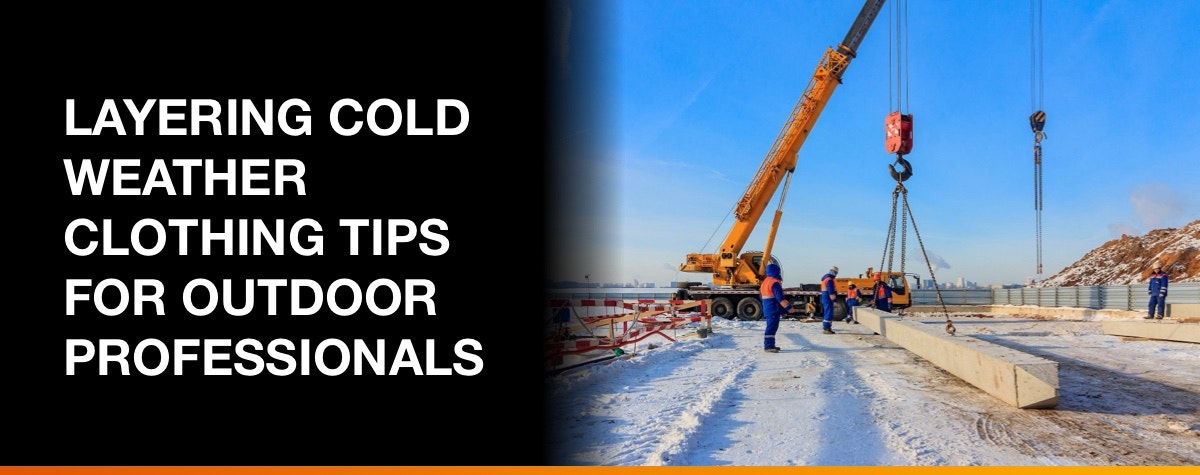
Having multiple lines of protection is crucial for people in almost every field. A football team relies not just on its defensive line, but on the safeties and linebackers behind them. A cybersecurity team sets up multiple layers of defense to keep hackers out of their systems. A safety engineer designs multiple failsafes to keep workers safe if an accident happens.
Outdoor professionals who work in cold conditions know the value of multi-layered protection in winter gear as well as anyone. Just as much as in other industries, each layer has its unique role to play. When it’s time to layer up, here’s what you need to know about how to layer clothes for cold weather.
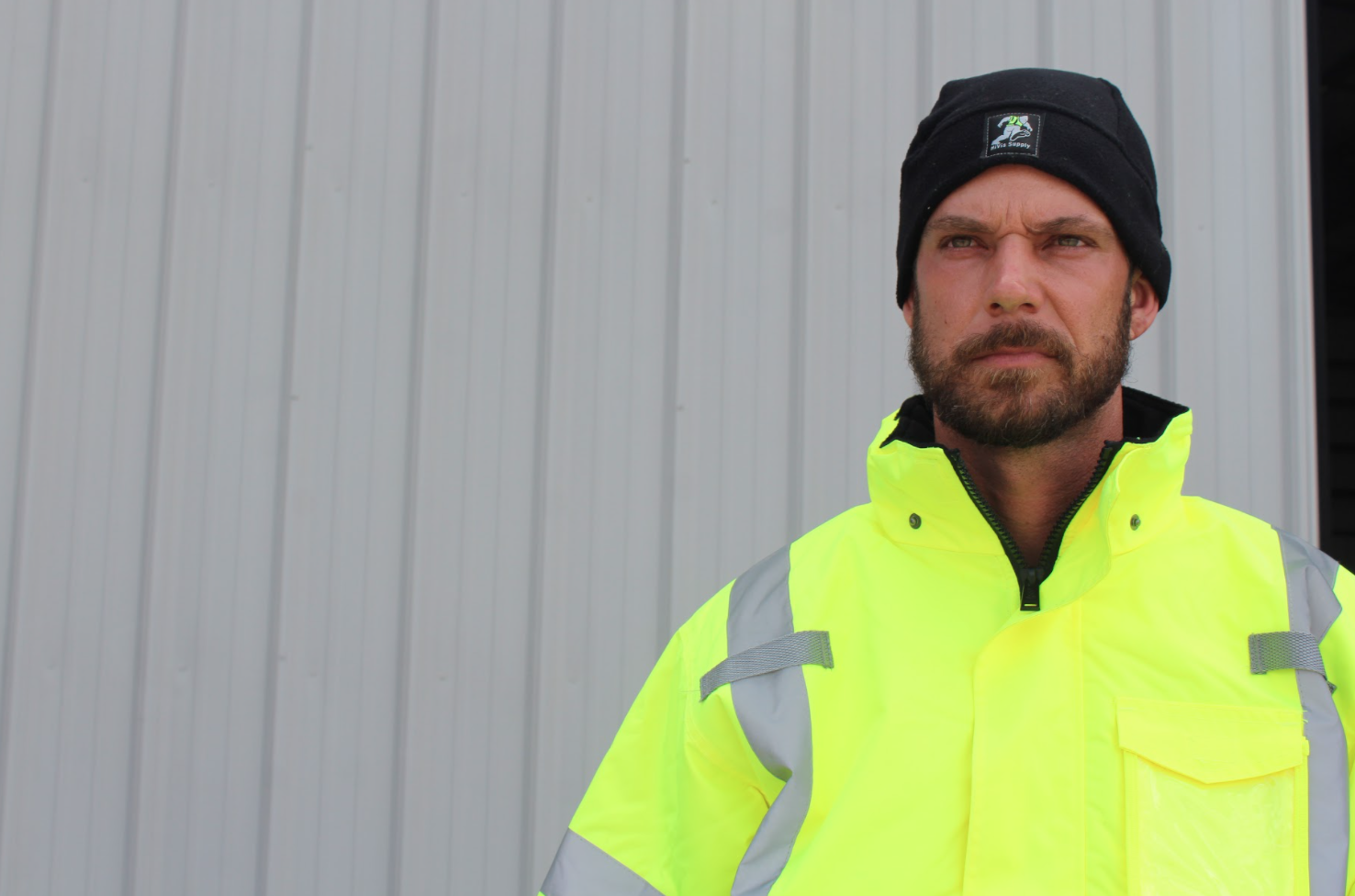

Why Is It Important to Know How to Layer Clothes for Cold Weather?
First, let’s talk briefly about why you should be layering in the first place. Here are some important reasons to dress in layers when you’re on the job in cold weather:
- Each of the basic layer types fulfills a different role, from moisture-wicking to weather protection, and is designed to target and achieve that function.
- Layering will keep you more comfortable and provide more flexibility and breathability than wearing a single bulky garment.
- Layering allows you to remove layers if you get too hot or add them back if you get too cold.
Now that we’ve talked about why layering is so important, let’s dive into the three basic layers—plus one accessory layer that’s still majorly important—that will make up your cold-weather workwear.
How to Layer Clothes for Cold Weather: Layer by Layer
Here’s what you need to know about the layers you should be packing when working in the cold:
- Inner Layer (Moisture Control): The innermost layer of your outdoor workwear should help you stay dry by preventing moisture from accumulating and cooling on your body. In cold weather, sweat is a dangerous enemy because it will draw heat away from your body as it cools on your skin. That’s why it’s so important to wear a moisture-wicking base layer that draws the water away from your skin and allows it to safely evaporate off the fabric.
- Middle Layer (Warmth Control): The second layer of your outdoor workwear should be an insulation layer. This layer will be responsible for the most work in keeping your body’s heat from escaping. Light or medium weight work jackets make great middle layers because they’re easy to slip in between others, and work coveralls are popular because they provide some warmth for the chest area plus an outer layer for the legs.
- Outer Layer (Weather Control): Finally, the third and outermost basic layer will be responsible for shielding your body against weather conditions. The outer layer is usually a winter work jacket with a shell that’s been waterproofed with polyurethane or another waterproofing material. You’ll often want to pick something with features like a hood and a storm flap to give you the best protection against rain, snow, and sleet.
- Accessory Layers: Other important layers for keeping warm include insulated winter headwear, winter gloves, and winter socks. These layers shouldn’t be an afterthought—in many work environments, they can be major difference-makers that help protect you from frostbite and hypothermia.
Finally, don’t forget that you still need to be in compliance with high-visibility clothing regulations at your job. Always be sure that the top layer you’re wearing meets the ANSI 107 visibility standards required for the task you’re doing.
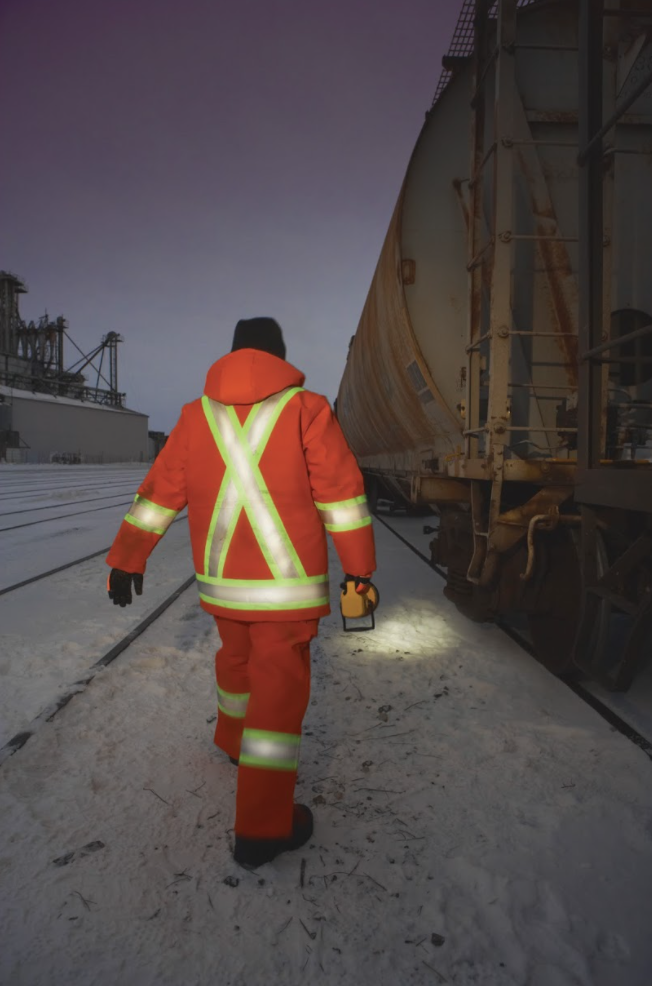

Workwear Layers from HiVis Supply
HiVis Supply has the workwear selection that will keep you safe, warm, and comfy while you’re on the job. Here’s a small sampling of our favorite hi vis winter gear:
- GSS Sherpa Lined Canvas Jacket: As soft inside as it is tough outside, this stylish canvas jacket makes an excellent top layer or middle layer.
- HiVis Supply H1211 Classic 240g Ultra-Fleece Beanie: A classic knit beanie with 240-gram polyester fleece that makes it a must-have for frigid days.
- Radians RWG604 ANSI Cut Level 4 Insulated Nitrile Dipped Gloves with Dorsal Protection: Insulated work gloves that give you a crazy level of grip, plus ANSI Cut Level 4 cut protection and impact protection for fingers and knuckles.
- Work King S187 Class 3 HiVis 300D Ripstop 4-In-1 Jacket: An all-in-one layering solution that’s versatile and tough enough to take on just about anything.
- Work King S876 Class E Contrast Quilt Lined Insulated Safety Overall: Ripstop insulated overalls that offer the perfect foundation for your winter layers.
- Tough Duck S787 Class 1 6oz Cotton Duck Insulated Contrast Safety Coverall: A rough and ready ANSI Class 1 safety coverall that can perform on its own or as part of a layered workwear outfit.
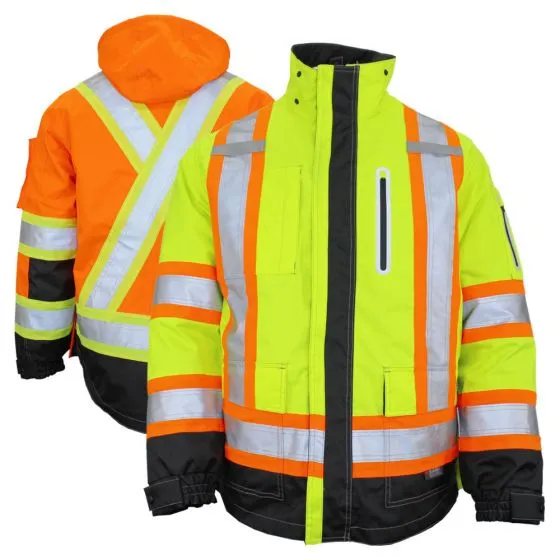

And don’t forget that there’s more where that came from—way more! Browse HiVis Supply’s full selection of hi vis winter gear today and make sure you stay warm and seen this winter.




